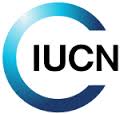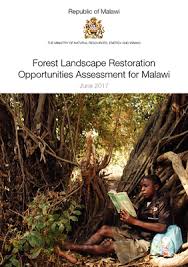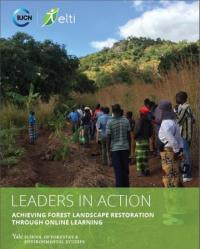Location
IUCN is a membership Union uniquely composed of both government and civil society organisations. It provides public, private and non-governmental organisations with the knowledge and tools that enable human progress, economic development and nature conservation to take place together.
Created in 1948, IUCN is now the world’s largest and most diverse environmental network, harnessing the knowledge, resources and reach of more than 1,300 Member organisations and some 16,000 experts. It is a leading provider of conservation data, assessments and analysis. Its broad membership enables IUCN to fill the role of incubator and trusted repository of best practices, tools and international standards.
IUCN provides a neutral space in which diverse stakeholders including governments, NGOs, scientists, businesses, local communities, indigenous peoples organisations and others can work together to forge and implement solutions to environmental challenges and achieve sustainable development.
Working with many partners and supporters, IUCN implements a large and diverse portfolio of conservation projects worldwide. Combining the latest science with the traditional knowledge of local communities, these projects work to reverse habitat loss, restore ecosystems and improve people’s well-being.
Resources
Displaying 21 - 25 of 142Forest Landscape Restoration Opportunities Assessment for Malawi
This report presents the results of the National Forest Landscape Restoration Assessment (NFLRA) for Malawi. The NFLRA process was launched in February 2016 by the Minister of Natural Resources, Energy and Mining in close collaboration with government departments in the Ministries of Agriculture, Water and Irrigation; Lands; Local Government; Finance; Gender and Social Services; and other concerned stakeholders.
Securing the land rights of people affected by dams in West Africa
For a dam to successfully contribute to the sustainable development of the society, the local populations should also benefit from it. This 5 minute video examines the challenges to obtaining an equitable compensation for the people affected by the construction of large dams and defines the various steps to make sure that the farmers who were disowned of their land can have secured access to new land.
Sécuriser les droits fonciers des populations affectées par les barrages en Afrique de l'Ouest
Pour qu'un barrage contribue avec succès au développement durable de la société, les populations locales doivent également en bénéficier. Cette vidéo de 5 minutes examine les défis relatifs à l’obtention d’une compensation équitable pour les personnes affectées par la construction de grands barrages, et définit les différentes étapes pour s'assurer que les agriculteurs expropriés puissent bénéficier d’un accès sécurisé à de nouvelles terres
Gender-responsive restoration guidelines
The Restoration Opportunities Assessment Methodology (ROAM)1 was developed by the International Union for Conservation of Nature (IUCN) and the World Resources Institute (WRI) to assist countries in identifying opportunities for forest landscape restoration (FLR), analysing priority areas at a national or sub-national level, and designing and implementing FLR interventions. FLR is the long-term process of regaining ecological functionality and enhancing human well-being across deforested or degraded forest landscapes.
LEADERS IN ACTION
Forest landscape restoration (FLR) provides an opportunity to transform degraded lands into productive landscapes that yield numerous ecological, economic, and social benefits. Many countries have made large-scale commitments under the Bonn Challenge, a global effort to bring 150 million hectares of degraded and deforested land into restoration by 2020 and 350 million hectares by 2030. Achieving this commitment requires decision-makers to address the diverse ecological, sociopolitical, and economic factors that impact restoration efforts at different scales.







